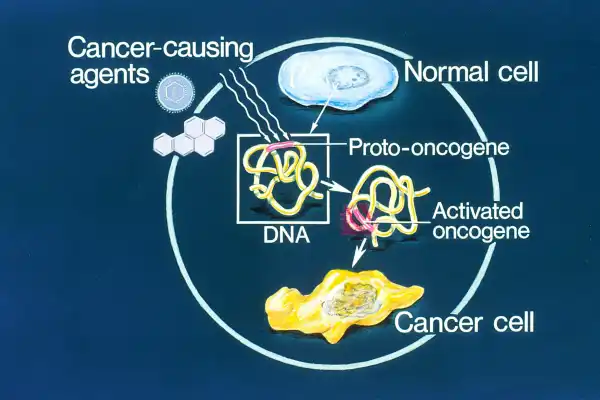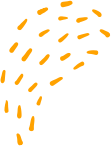Which of the following is a consequence of increased viscosity of a fluid?
A. Particles have a decrease in mobility.
B. The fluid will have a lower density.
C. The fluid will have a higher flow rate.
D. The fluid will have a higher pressure.
The correct answer is choice A.
An increase in viscosity of a fluid results in a decrease in mobility of particles.
Viscosity is the resistance of a fluid to a change in shape or movement of neighboring portions relative to one another.
It denotes opposition to flow and may be thought of as internal friction between the molecules.
Choice B is incorrect because an increase in viscosity does not affect the density of a fluid.
Choice C is incorrect because an increase in viscosity results in a decrease, not an increase, in flow rate.
Choice D is incorrect because an increase in viscosity does not affect the pressure of a fluid.
Therefore, the Correct Answer is A.




